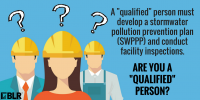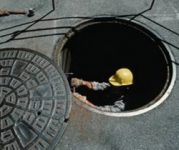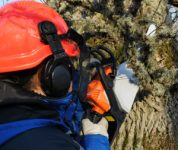Stormwater: Who Is a ‘Qualified’ Person?
In the world of stormwater, certain “qualified” professionals have hefty responsibilities, such as conducting facility inspections, monitoring, and developing and certifying the stormwater pollution prevention plan (SWPPP). But, what does it really mean to be a qualified professional? Often, in National Pollution Discharge Elimination System (NPDES) stormwater permits, there is language referring to a qualified […]










